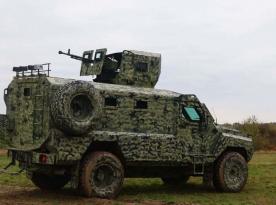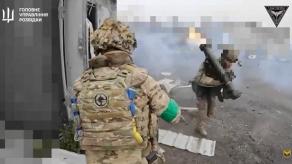December 13th Ukrainian capital city of Kyiv suffered the biggest to date ballistic missile attack by russia. The S-400 systems responsible for launching the strike were deployed near Klintsy, Bryansk Oblast of the russian federation, a Ukrainian military research center found out, ArmyInform reports.
Klintsy is located about 45 km from the border of Ukraine, and the distance that the 48N6 rockets had to travel from the S-400 deployment spot to strike Kyiv was about 280 km, coinciding with the maximum attack range of 48N6DM missiles against aerodynamic-shaped aerial targets. The russian side, though, claims their 48N6DM missile can launch strikes at even greater ranges but there are reasons to doubt the weapon specifications they declare.
Read more: Ukraine Suffers Biggest Yet Ballistic Attack on Kyiv
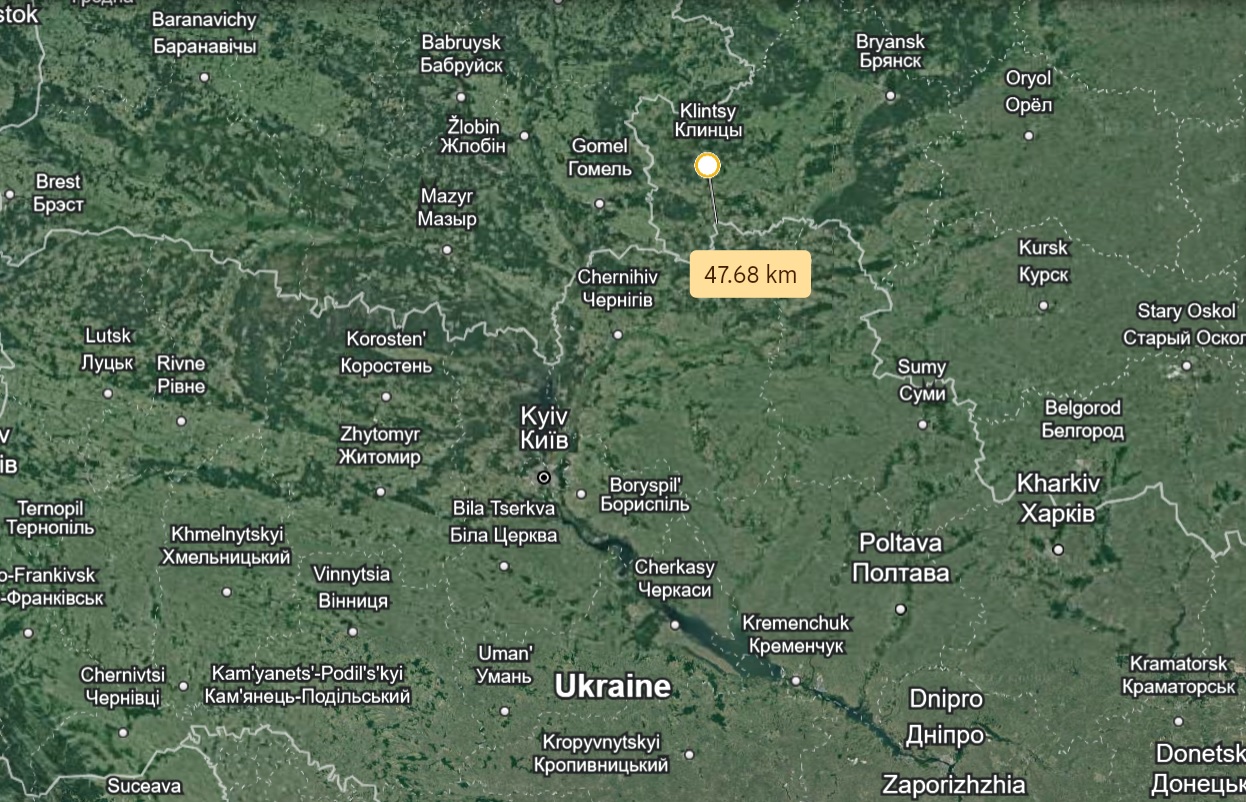
Either way, placing the S-400 at such proximity to the border of Ukraine (even considering the "safety buffer" of an additional 10-20 km from the border) totally exposes the russian S-400 to the threat of a Ukrainian strike. For that, Ukrainian forces would need to use tactical weapons with a sufficient range of fire.
But for the time being, the unreasonable ban on using weapons provided by Western partners, foremostly by the United States, for strikes on the territory of the russian federation is still in force.
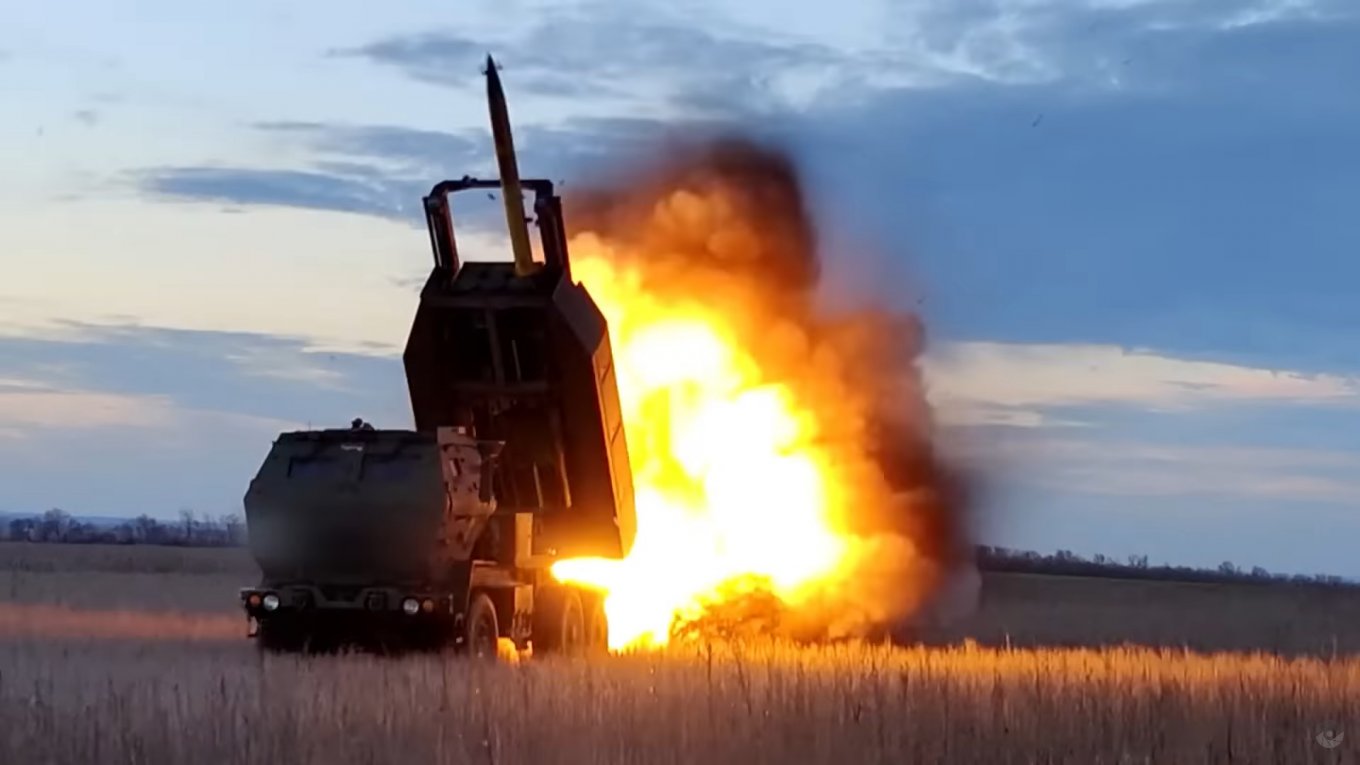
What could have been prevented with just one accurate volley of 80-km capable GMLRS rockets launched by HIMARS systems, led to over fifty injured by the russian strike of December 13th. Notice, this is the aftermath of debris falling onto the ground after all 10 russian missiles were shot down by Ukrainian air defenses. Here we leave considerations about the potential consequences, if the russian strike had been successful, to the reader.

Also, taking into account the constant mention of the financial toll on Ukraine's partners, there's a purely pragmatic side to lifting the imposed restriction on the use of Western weapons for strikes on russia.
The estimated cost of a single PAC3 MSE interceptor used by the Patriot air defense system to shoot down russian missiles is USD 3 million. Hence repelling 10 ballistic missiles, according to a standard protocol of two MSEs per target, means Ukraine fired about 60 million dollars on the night of December 13th.
On the other side of the scale is the estimated cost of GMLRS rockets — roughly $223,000 per unit, or $1.34 million for a package of six — calculated from the total worth of last year's export contract for Finland, valued at $535 million.
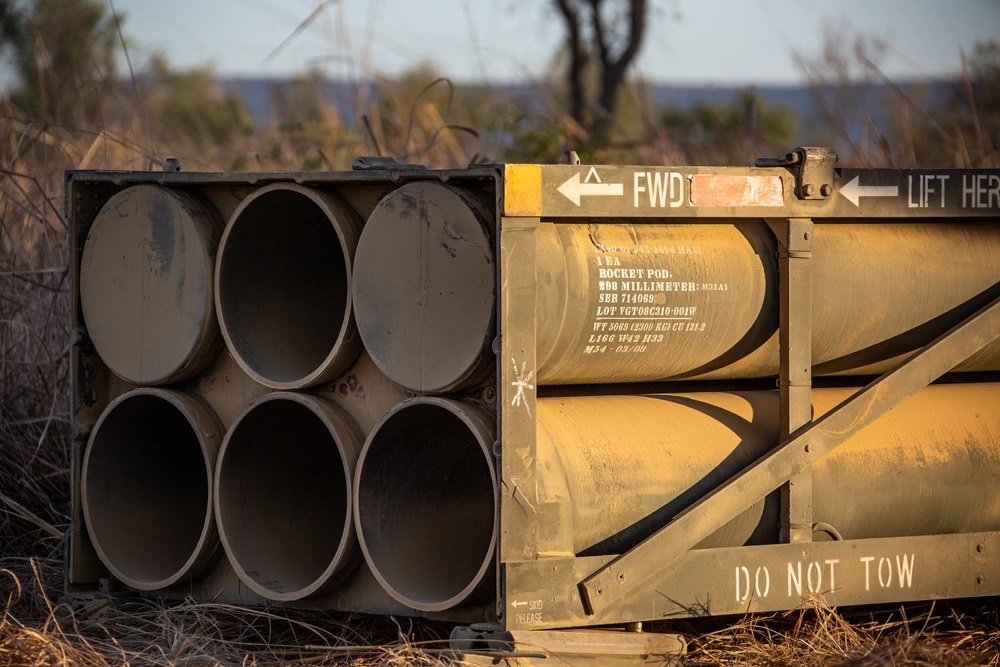
One artillery strike with these rockets would be enough to destroy a full S-400 battery on russian territory. That is, destroying one S-400 system with a HIMARS rocket system is theoretically 45 times cheaper than shooting down missiles fired by it.
Moreover, systematic destruction of S-400s will eventually force the russians to redeploy their systems and stop shelling, not just Kyiv but the major city of Kharkiv as well. That is not to mention the direct losses, which on top of protecting the Ukrainian people will help NATO to reduce the capabilities of the russian air defense system overall and from a strategic perspective.
Earlier Defense Express drew attention to how russians deploy their forward arming and refuelling points for helicopters a mere 6 km from the border with Ukraine, technically reachable for HIMARS but effectively protected only by restrictions imposed on Ukrainian forces.
Read more: Reachable Yet Unharmed: russia's Keeping Helicopters Close to Frontline Knowing ATACMS Strike Won't Come






